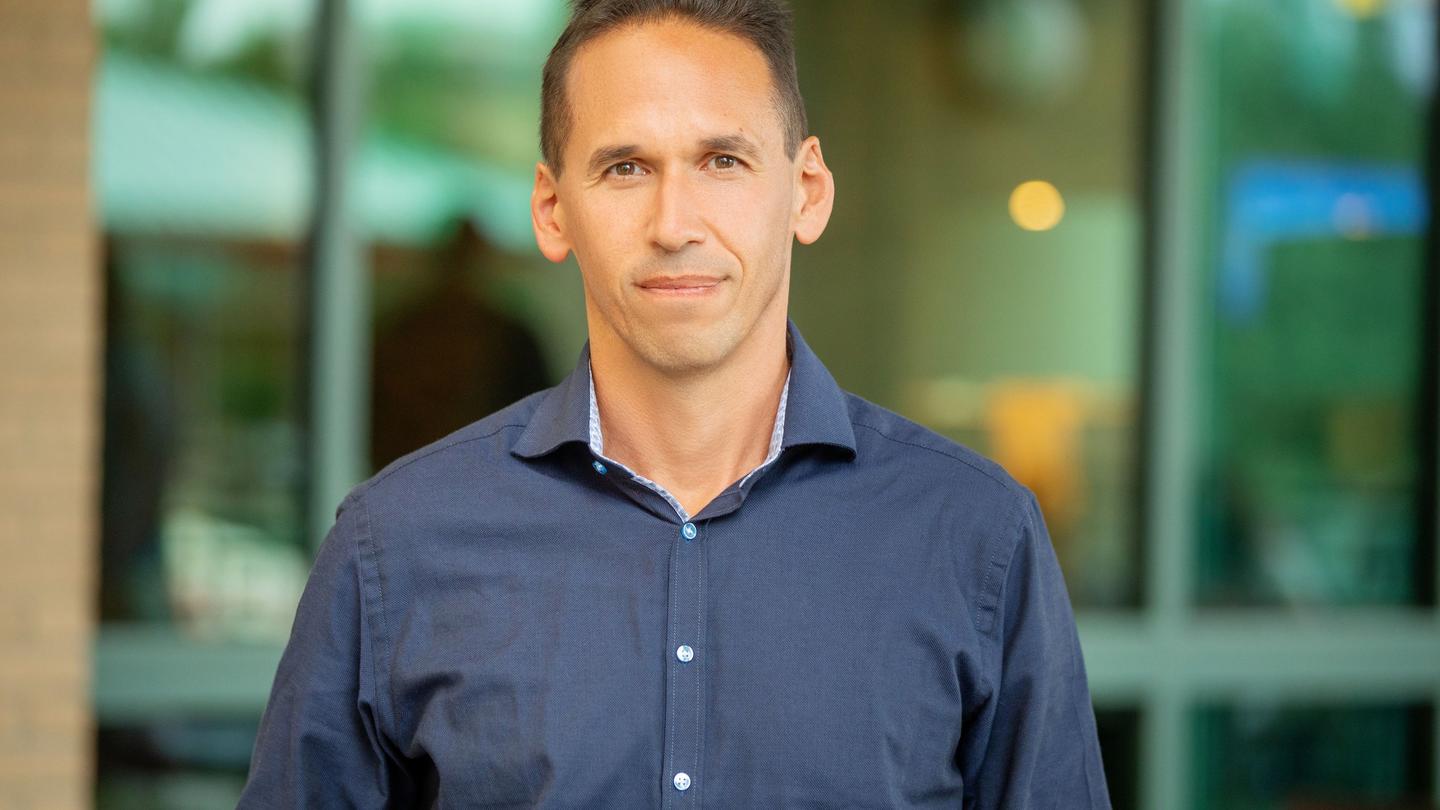Marc Howard has spent over 900 days in prison. But he's never been sentenced.
In 1990, when he was only 17, Howard's childhood friend Martin "Marty" Tankleff was wrongfully convicted of the double murder of his parents, and sentenced to 50 years to life in prison.
Howard spent years writing back and forth with Marty and visiting him at the Clinton Correctional Facility in Dannemora, New York — a maximum security prison. Marty was eventually exonerated in 2008. By then, Howard had spent over a decade meeting and interacting with incarcerated individuals and was unable to forget the dignity he had seen inside those walls. The experience sparked the idea for him to start an organization that would build a bridge between incarcerated individuals and the outside world.
"I kept going because I've been exposed to so much injustice in his case," Howard said. "I realized I couldn't turn back from it even though he was finally free. So I kept going in."
Howard went on to become a political science professor at Georgetown University while also volunteering and teaching in prisons. He founded the Frederick Douglass Project for Justice, which brings people into prisons to have face-to-face conversations with men and women who are incarcerated. In doing so, people inside and out of prison alike stand to benefit.
"What I'm doing really in the Douglass project is scaling a beautiful experience that I've had the privilege and good fortune of seeing now hundreds and hundreds of times, which is to bring members of free society into a jail or prison to interact with incarcerated people on a deeply human level," Howard says. "People walk away realizing that we're all human and that we have so much more in common."
How personal interactions support incarcerated individuals
Anyone can elect to visit a prison through the Frederick Douglass Project. The organization facilitate visits with students, church groups, businesses, book clubs, or individuals. Usually in groups of 15 to 20, visitors tour the facility before sitting down for one-on-one, honest conversations with residents. By listening to incarcerated individuals share about their lives and experiences, visitors form connections and realize the inherent dignity present in a population in which society often sees none.
These conversations take place inside some of the most well-known maximum security prisons, with some of the most serious offenders. This so far includes the Bent Correctional Facility in Colorado; Homestead Correctional Institution in Florida; Everglades Correctional Institution in Florida; DC Jail in Washington, DC; and Elayn Hunt Correctional Center in Louisiana. The organization is currently in talks with the administration at the Sing Sing Correctional Facility in New York to open up visits there as well.
"We're really trying to not shy away from the toughest cases, from tough situations," Howard says. "We feel really strongly that people are greater than the worst thing they've ever done and are capable of much more, and that with proper support and especially humanity, we're going to bring about much better outcomes for people and their families and communities and for our society overall."
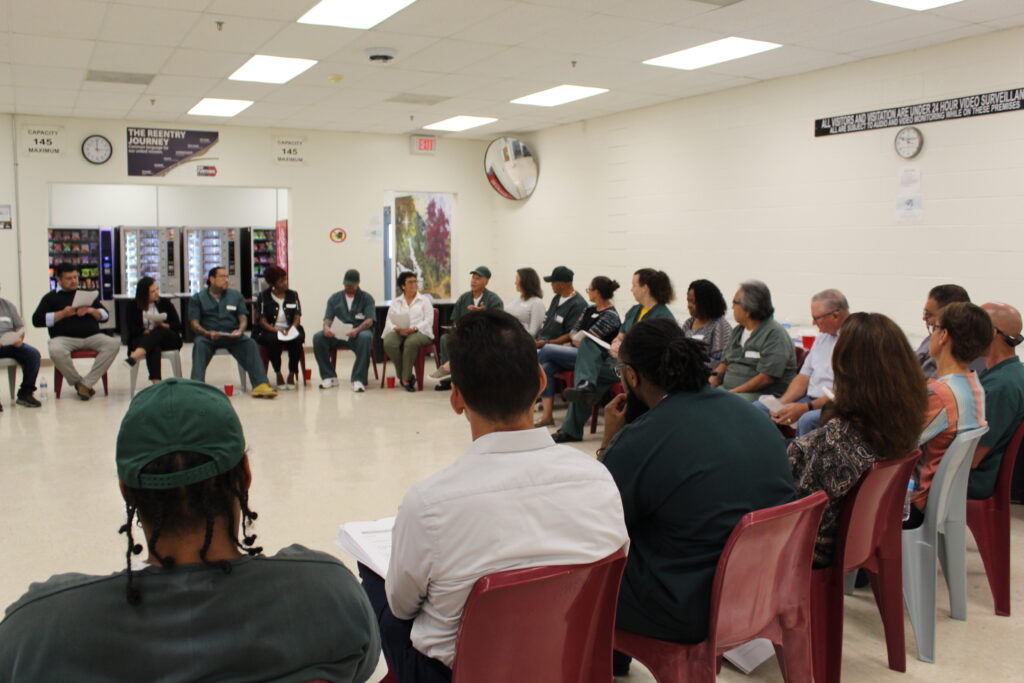
Using empathy to support incarcerated individuals benefits all of society
The U.S. incarcerates more people than any other country in the world. There are currently 2 million people being held in correctional institutions across the country, including prisons, jails, juvenile detention, immigration detention, and other facilities.
Ninety-five percent of these men, women, and minors will eventually leave prison. The Frederick Douglass Project works to ensure that when they do, they are prepared to contribute positively to society and that society is prepared to offer them a second chance.
The conversations that the project facilitates work to remove the stigma about maximum security prisons and people who are sentenced to them. Howard recalls that while debriefing after a visit with a group of Georgetown University students, a 21-year-old woman remarked, "If only all of America could be in this room right now, we would no longer have mass incarceration."
Visits help to increase societal awareness of the dignity of incarcerated people, by allowing for interactions that level visitors as peers.
"We have much to learn from incarcerated people in terms of their resilience, their strength, their courage in dealing with what is really, basically a human rights catastrophe on a regular daily basis," Howard says. "They manage to do it with dignity, with integrity, showing character, determination, persistence."
While visitors come to recognize incarcerated individuals' strengths and complexities, residents themselves have the opportunity to feel a higher sense of self-worth, sometimes simply by virtue of having a meaningful social interaction.
"I heard a young man who's been in prison for a long time who said, 'This is the first time in a decade that I've talked to somebody on the outside other than my two parents'," Howard says. "It's like being erased from society. [As if] you don't exist, you don't matter. And suddenly a program comes in and there's a connection that forms with people on a regular basis that see them and that care about them. That's life-affirming."
Sign up for the Strong & Safe Communities newsletter for stories, ideas, and advice from changemakers working with their neighbors to address the biggest problems we face.
Reentry resources make communities safer
The Frederick Douglass Project isn't a charity for incarcerated people: It is a mutually beneficial program that helps communities as a whole just as much as those reentering society.
"This is definitely not charity, it's not about pity," says Howard. "It's also not about what could be called prison tourism or taking people on a zoo-like experience."
Being regularly visited and developing relationships with people outside of prison fosters a higher sense of self-esteem in incarcerated individuals, which research shows can help people successfully re-enter society. For example, a 2016 meta-analysis published in the Journal of Criminal Justice found that experiencing prison visitations was associated with a 26% reduction in the rate at which people return to prison.
"The idea is to contribute to incarcerated people's lives, their families, their communities, and preparing for successful reentry," Howard says. "Over 95% of people in prison are coming home. And I think we can all agree that we want them to succeed and to be successful contributors and members of society."
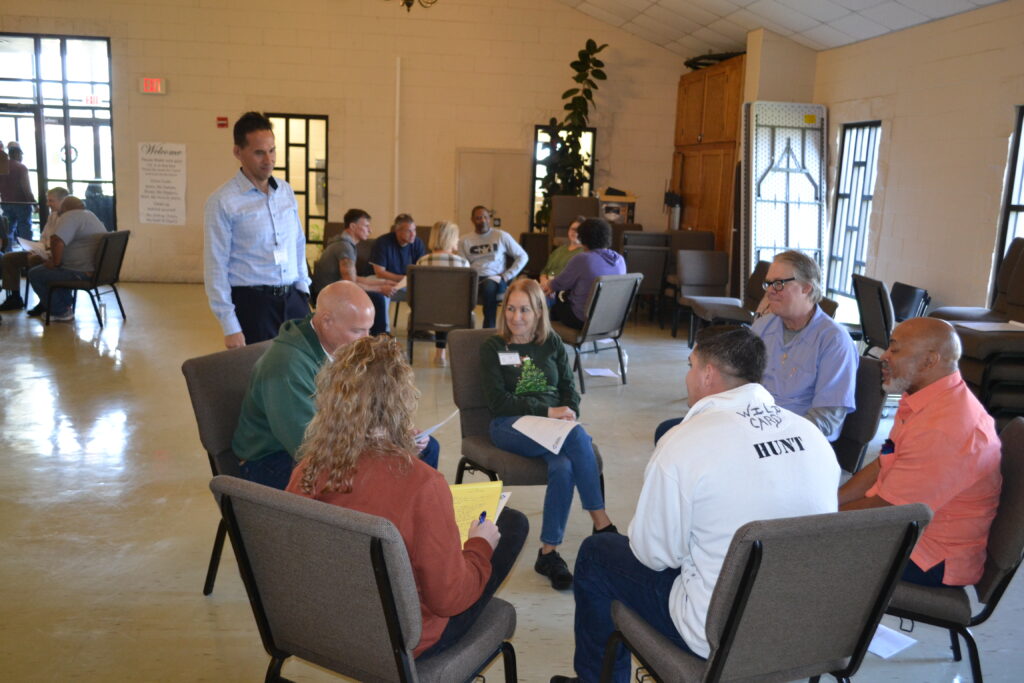
This is not entirely up to the incarcerated individuals, however; their rehabilitation will only lead to success if broader society is able to view them as rehabilitated through recognizing their talents and skills. Spreading empathy and reducing stigma about incarcerated individuals among the general population, as the Frederick Douglass Project does, strengthens communities by demonstrating ways that these individuals will enrich their communities.
The key to maximizing this work is to have as many different people visit as possible, rather than a handful of volunteers who return repeatedly, as is common in many prison visitation programs. The Frederick Douglass Project's current growth model aims to bring over 10,000 people per year into prisons across the country within the next five years.
Incarcerated individuals are "some of the best students and most engaged learners that I've ever had anywhere," says Howard. "And that's after having now taught at Georgetown for almost 20 years. I would say that my incarcerated students hold their own right up there with Georgetown students. I've been for a long time now teaching in prisons and interacting with people in prisons and really seeing people on a life journey of transformation and rehabilitation and preparation for a successful reentry."
Organizations helping incarcerated individuals can have a nationwide impact
The Frederick Douglass Project for Justice currently operates in six states: Michigan, Colorado, Florida, Louisiana, Washington D.C., and New York.
By the end of the year, they hope to expand to a total of at least 10 states; within three to five years, they aim to be present in more than 25. Eventually, the organization hopes to be active in all states. After all, the more people who participate in the program, the greater the impact will be.
For Marc Howard, every participant who steps foot into a prison visiting room for the first time is about to undergo a transformation, one he has seen time and time again — starting with himself.
"This is an opportunity for people to recognize the humanity, even in incarcerated people — something I've been seeing now for so long, ever since I was visiting Marty in the prison visiting room when he was still in prison," Howard says. "But he's now been out for over 15 years. We just celebrated that anniversary. And so that's the core, what the Douglass project is about."
***
The Frederick Douglass Project is supported by Stand Together Foundation, which partners with the nation's most transformative nonprofits to break the cycle of poverty.
Learn more about Stand Together’s efforts to build strong and safe communities and explore ways you can partner with us.
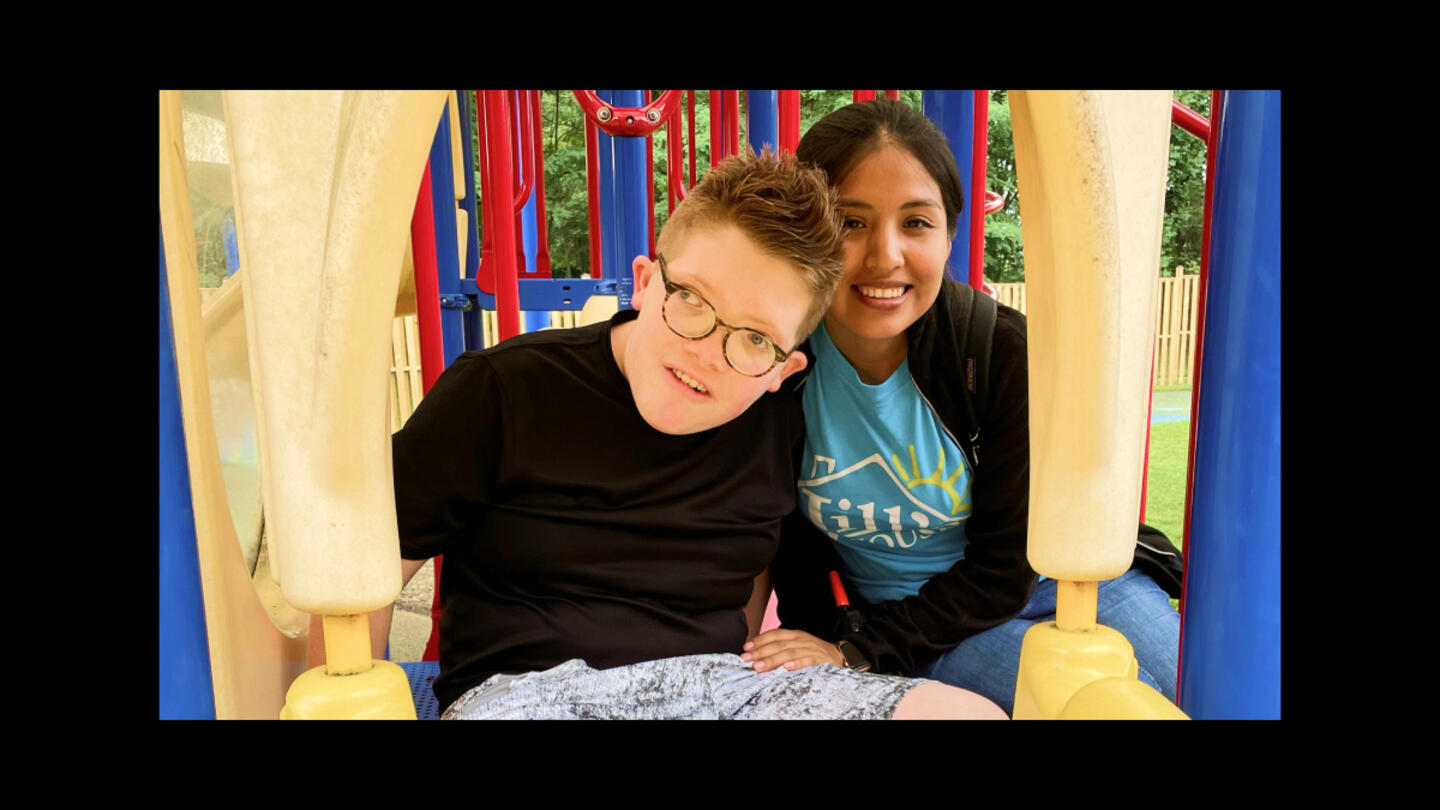
At this ‘resort,’ children with intellectual disabilities are seen as gifts to be celebrated and loved.
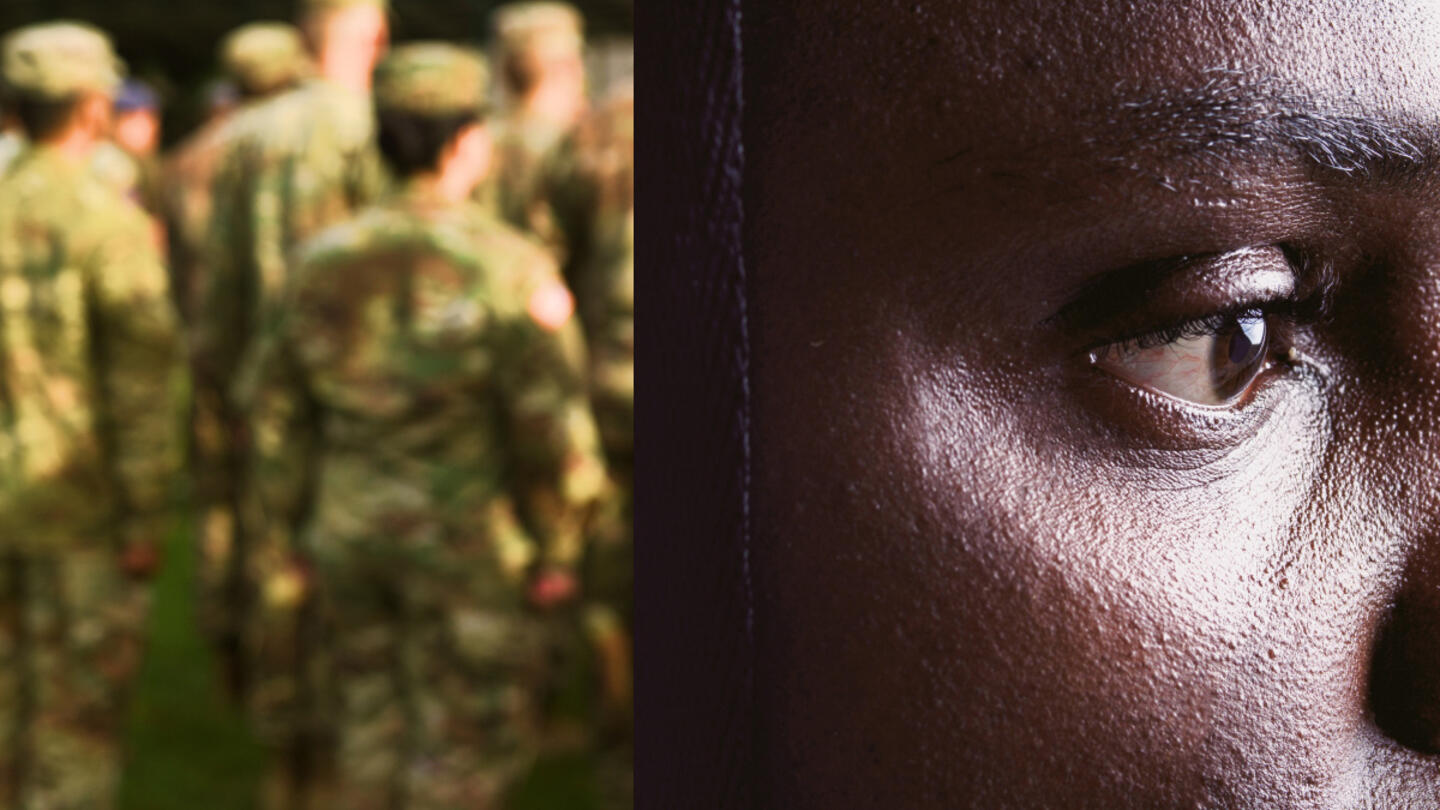
Veterans experience loss when leaving service. Could this be key to understanding their mental health?
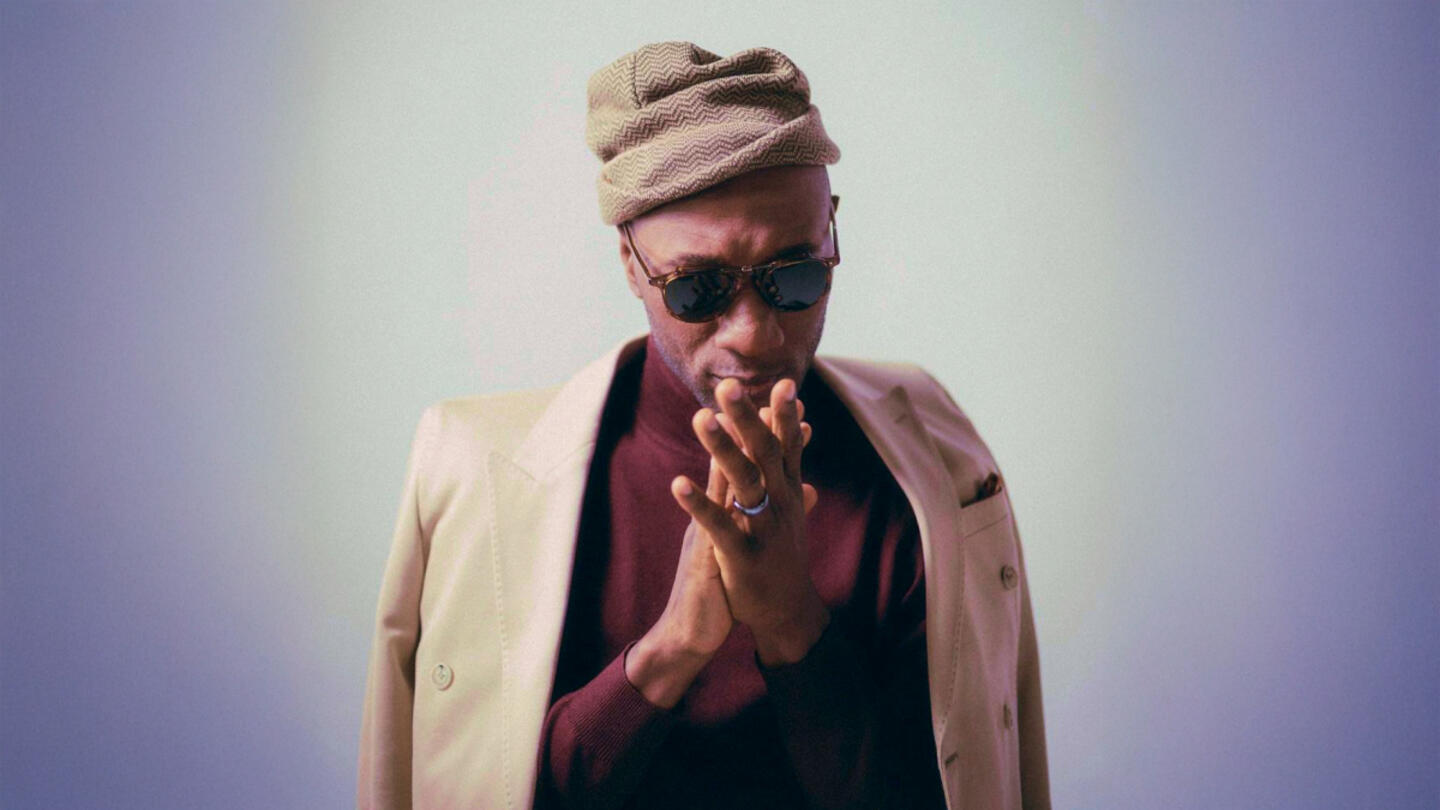
The Grammy-nominated artist is highlighting the stories we don’t get to hear every day.
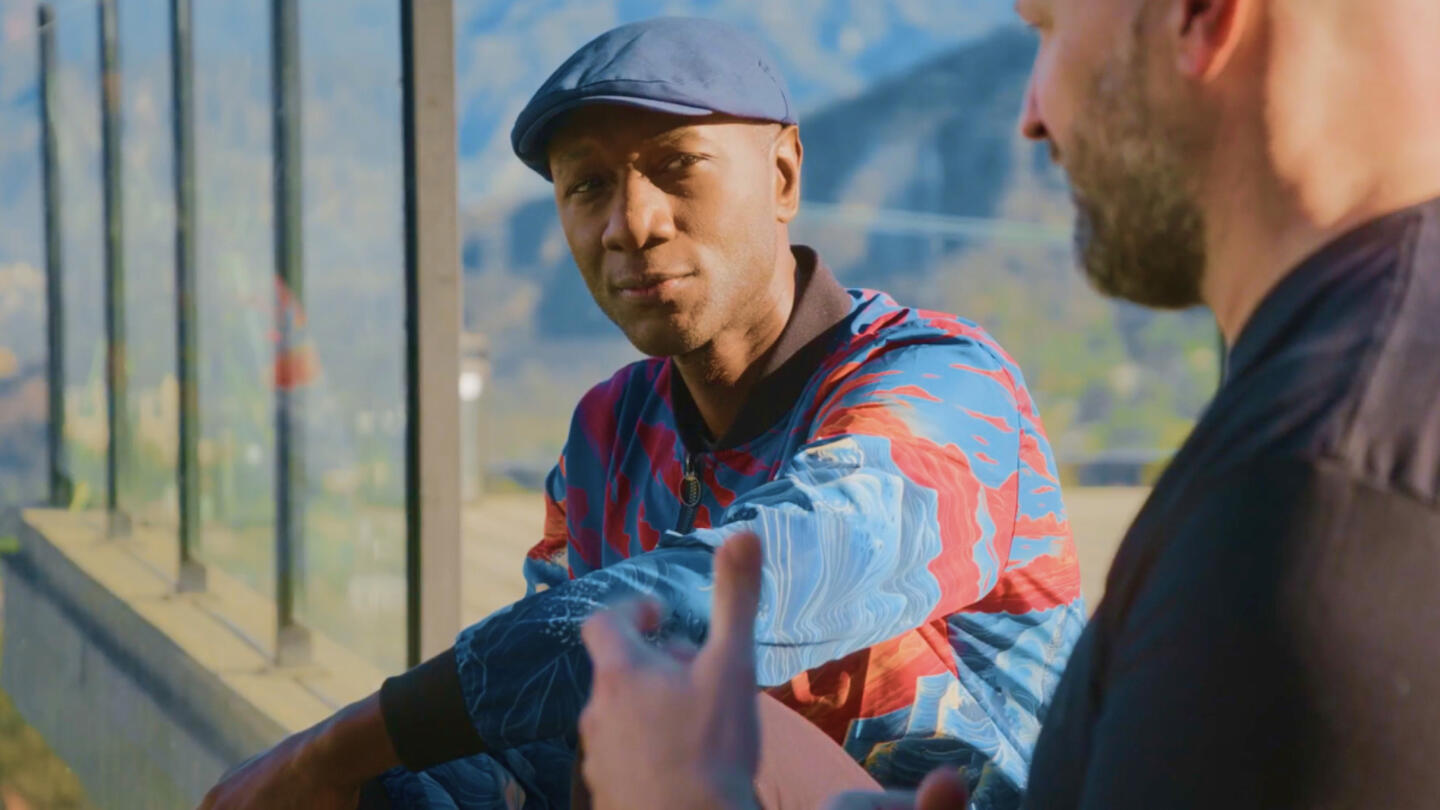
With his latest project, Blacc isn’t just amplifying stories — he’s stepping into them
